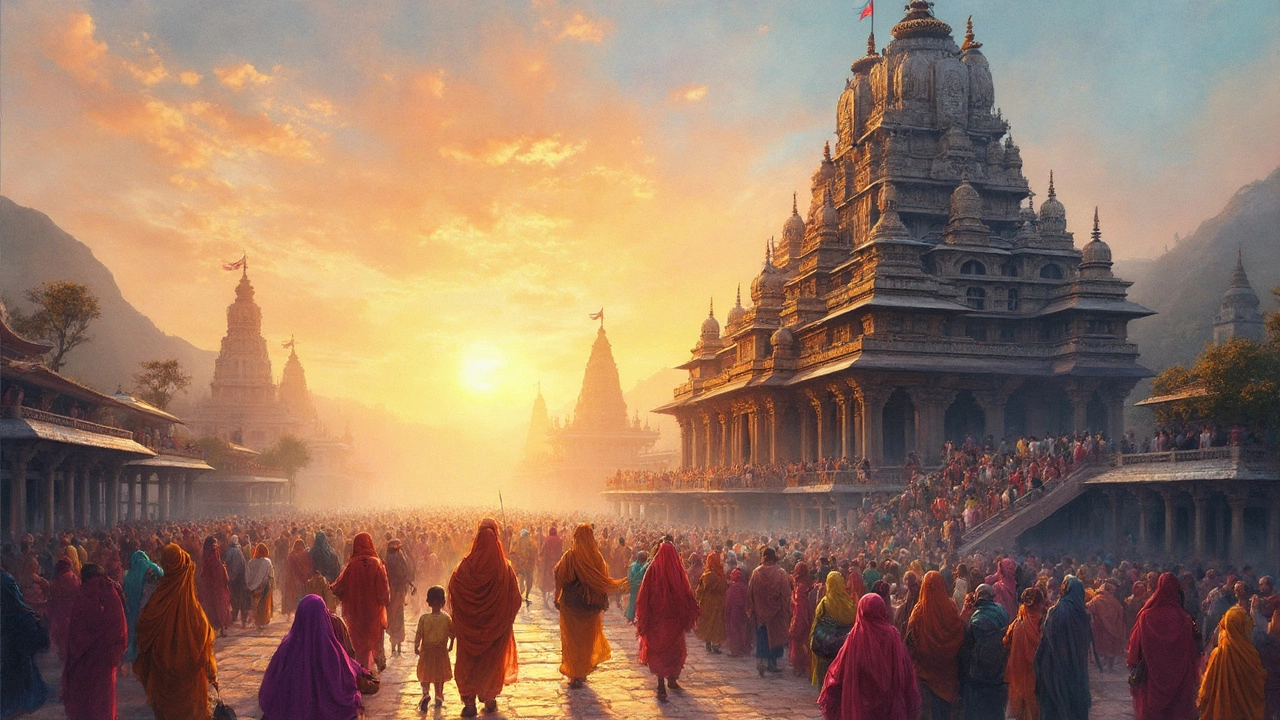SEARCH
Shiva Temples in India: What to See, Why It Matters, and How to Visit
If you’ve ever felt drawn to the powerful vibe of a Shiva shrine, you’re not alone. Millions of travelers and devotees trek to these sites for both spiritual uplift and breathtaking architecture. From the towering lingam at Kedarnath to the tranquil waters of Mahakaleshwar, each temple tells a story that blends myth, history, and local culture. In this guide we’ll walk you through the top spots, share quick facts, and give you the practical details you need to plan a smooth trip.
Top Must‑Visit Shiva Temples
Kedarnath (Uttarakhand) – Nestled high in the Himalayas, Kedarnath is one of the twelve Jyotirlingas. The temple opens only from May to October, so timing your visit around the monsoon is essential. Expect rugged roads, chilly mornings, and a pilgrimage crowd that’s friendly and eager to share snacks.
Mahakaleshwar (Ujjain, Madhya Pradesh) – Known for its early morning Bhasma Aarti, this temple offers a unique ritual where priests chant while sprinkling ash on the lingam. Ujjain’s train station is well‑connected, and the city’s night market makes for a lively stay after the early rites.
Somnath (Gujarat) – Perched on the Arabian Sea, Somnath blends coastal beauty with ancient devotion. The sunset view behind the shrine is a photographer’s dream. You can reach it by bus from Rajkot or a short flight to nearby Diu.
Rameshwaram (Tamil Nadu) – This southern gem sits on a chain of islands and features a massive Nandi statue facing the sea. The temple’s proximity to beaches lets you mix worship with a quick dip in the ocean.
Amarnath (Jammu & Kashmir) – The ice‑shaped lingam that forms every winter draws adventurous pilgrims. The trek is demanding, requiring a guide and proper gear, but the camaraderie among walkers makes it unforgettable.
Practical Tips for a Smooth Shiva Temple Tour
Plan your travel season carefully. Many northern temples close during heavy snowfall, while southern shrines stay open year‑round. Check local holidays – festivals like Maha Shivaratri can mean huge crowds but also vibrant celebrations.
Dress modestly: shirts with sleeves, long trousers or skirts, and comfortable shoes. Some sites ask you to remove shoes before entering, so bring a pair of clean socks.
Carry a reusable water bottle and light snacks. While many temples have small stalls, prices can be high and options limited, especially in remote locations.
Respect the rituals. If you see a priest performing a pooja, keep a respectful distance and avoid flash photography. A simple “Namaste” often goes a long way in showing goodwill.
Use local transport apps or hire a trusted driver for remote hill stations. GPS can be spotty in high altitude areas, so having a local phone number saved can save you time.
Finally, give yourself time to soak in the surroundings. Many Shiva temples sit beside rivers, hills, or forests – perfect spots for a quiet moment of reflection after the prayers.
Whether you’re a first‑time pilgrim or a seasoned traveler, India’s Shiva temples offer a blend of awe‑inspiring architecture, deep mythology, and unforgettable scenery. With the right timing and a few practical tricks, you’ll walk away with stories that last a lifetime.

Which Jyotirlinga Is Most Powerful? Real Stories and Surprising Facts
Curious about which Jyotirlinga holds the most power among the twelve? This article clears up myths, shares fascinating facts, and gives you the inside scoop on how devotees really feel at different sites. If you're planning a temple tour in India or just want to know what makes each Jyotirlinga special, you'll find real traveler tips and simple explanations here. Get ready to explore why some shrines feel more 'powerful' and which ones might be perfect for your spiritual journey. Dive into the stories that make each Jyotirlinga unforgettable. Don't just wonder—know before you go.
Continue reading